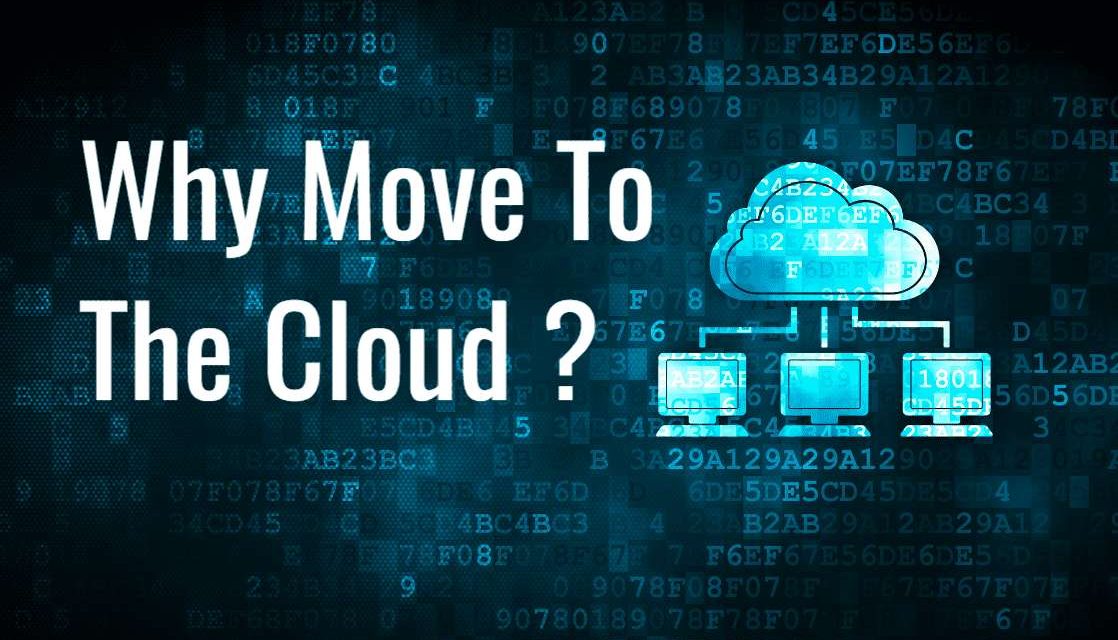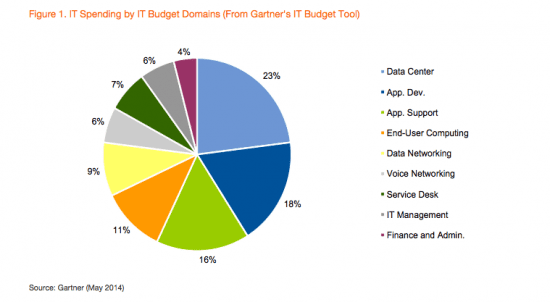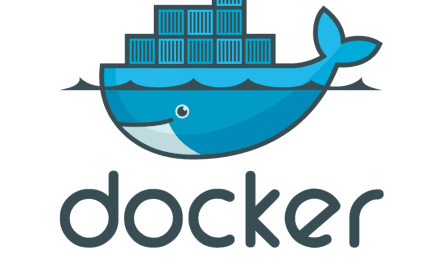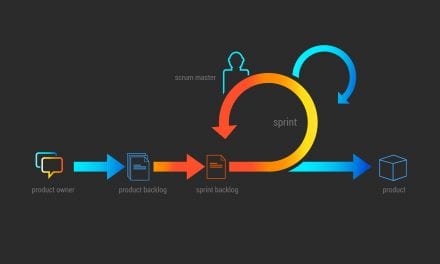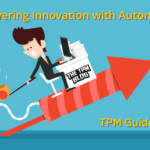Last updated on August 9th, 2024 at 09:56 am
The fundamental reason to move to an Agile development model was to get new features and products to the customer’s hands sooner. The goal was to add value to our customers in the fastest possible way.
Five to seven years ago we saw the move towards the agile development model. We as Project managers / Program managers embraced this move got ourselves trained and went on to help our teams run and operate faster.
- We did this by putting SCRUM / Agile processes in place to enable our teams to run faster by developing and delivering features faster to our end customers.
- We brought in tools like JIRA or Rally to help us and our teams operate in this newly defined agile model.
What we are fundamentally missing out on now is the next wave that is coming. I believe the organizations who have moved to an agile model in the last 4 years have experienced the benefits of getting features/products to their customers faster and their appetite to increase the delivery speed is only increasing.
Reasons Why You Should Move To The Cloud?
To understand how one can make the organization move faster, you would need to understand where most of the money is spent. Let’s take a step back and analyze where the IT budget is spent in general.
In general, you can categorize IT spending into three buckets:
- Datacenter / Infrastructure. Eg: Servers, Networking equipment, Software licensing,
- Cost of maintenance of existing software applications
- New Product Development
IT Budget: why move to the cloud
Let’s talk about each one of these now.
Datacenter/Infrastructure
Managing a data center could be done one of two ways a) owning your own DC b) using a co-lo. The difference between the two is at your own DC you are responsible for
- Bringing in the power
- Connectivity to the internet
- Cooling systems
While in a co-lo all that is provided by a 3rd party you basically rent the space and you buy and set up your own hardware.
The problem here is multifold.
- You do not add any value to your customers by managing your DCs.
- If you do manage a DC you think about how you would handle spikes in case you have a large demand and what happens to your servers when they are not utilized.
- CAPEX vs OPEX why own when you can rent?
- Why spend the time manpower in managing your own DC?
The industry is seeing 15 to 18% of customer-owned data centers shut down in 2017 and this is only going to increase going forward.
Cost of maintenance of existing software applications
It is said that Keeping The Lights On (KLO) generally takes 35%-to 40% of an organization’s budget.
This involves
-
- Archiving Old Data
- System Upgrades
- Anti-virus implementation
- Bug fixes
- Security patches
- Hardware failures
- Software optimizations eg: Make the applications faster and more performant.
New product or feature development
This is pretty self-explanatory. This is the time and cost of building a new feature or product.
Now let’s come back to the essence of Speed and Delivering value. From the above, you can clearly see that owning and operating your DC makes no sense. It does not add speed it actually is detrimental to speed because getting a new server operational would take weeks from the time you order it.
Cost: With applications need to grow and shrink it makes even more sense not to own Infrastructure. Simply pay for what you use on the cloud.
KLO and New Product Development:
Yes, the speed of development has significantly improved with Agile methodologies being a default norm in most organizations. But the question here is can we speed it up a little more? and the answer is yes. How do you ask? My answer is by moving to the cloud.
Agile helped in establishing the process to deliver value to our customers sooner. The next step to this is to develop/build the features/products faster. This can be done by moving to the cloud.
How does moving to the cloud help?
- Faster Development: You enable your teams to use cloud technologies to reduce maintenance. Think Managed Services.
- Limited time spent on maintenance of applications.
- Innovation: Ability to innovate faster by getting the infrastructure you need.
- Infrastructure planning is removed
- Budget: Pay only for what you use
- OPEX vs CAPEX
Conclusion
If you keep in mind that the primary goal is to offload critical but undifferentiated workloads to the cloud. If you are not adding value to something there is not a lot of need to manage it yourself.
This thinking will enable teams and organizations to run faster in my opinion.

